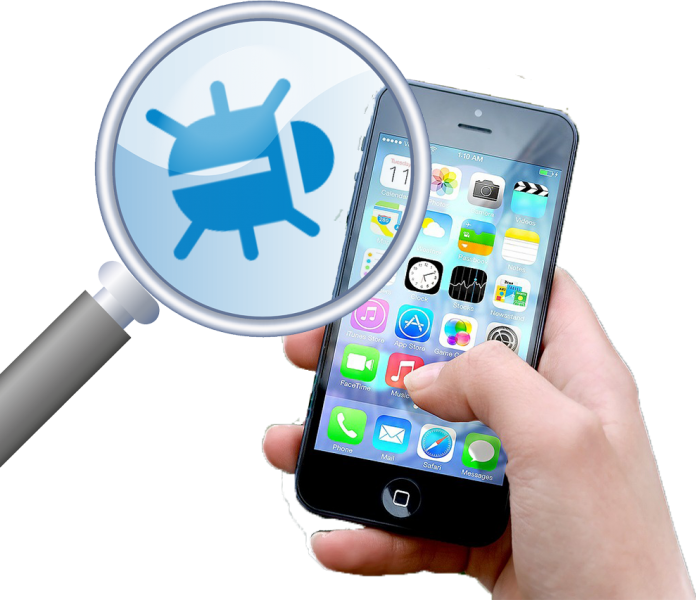Have you made an app? Hopefully, it becomes one of more than a thousand that hit the scene every day. After all, we’re now using apps on all kinds of devices, to complete a wide range of tasks.
With so much competition, you want your app to be the one that stands apart, captures the audience, and stays relevant through consistent updates. In order to make this happen, you need to invest time and planning into thorough testing. Here are three challenges that will arise during this critical phase in bringing a mobile application to market.
- Device diversity and fragmentation.
To state the obvious, not every user is running the same OS version on the same device. The wealth of OS updates and smartphone models can inhibit proper testing. Take Android, for instance. They’ve released tens of thousands of models. To put it mildly, this complicates comprehensive testing. You can put everything you have into it, and never be certain that you are 100% compatible with every single device in use right now.
There are a few ways testers work with this. First, you can do market research to see what devices and operating systems are most common amongst your core audience. You can also diversify methods by employing both internal lab and cloud-based testing services.
- Security plus performance.
Security is just as important as performance and functionality. The trick is, we have to make sure security is tight enough without sacrificing any of the application’s functions or dragging its performance. No one who uses an app wants to feel that their personal data isn’t safe should news of a breach get out, and they’ll delete it just as quickly if it isn’t responsive, user-friendly, and as operational as advertised.
Therefore, factors like encryption are key, but we must simultaneously test as though the app is being used in real life. It’s helpful to include various WiFi speeds in testing, as well as testing offline features, memory, network drops, and more.
- Tools/Resources.
Finally – and perhaps most importantly – are the tools and resources you use to perform the testing itself. Knowing where to go for mobile application testing is the number one way to overcome testing challenges. As we learned, it’s best if you combine the benefits of a private lab with that of the cloud.
You also want to test on real SIM networks across a large pool of devices. Tools that can provide insight into how your app affects battery usage and memory are key. Avoid going with emulation when possible. Emulators may save you money, but they are not as indicative of real device performance as we hope. A good tester should also make logs and reports available to more easily identify and resolve issues.
The challenges you face will be greatly impacted by your industry and the type of application you develop. Yet the three we’ve visited today are pretty universal in app testing, and it all begins with the tools you use to test. By leveraging cloud and lab alike and avoiding emulators, you have a better shot at being the complete package – security and performance, ready to enjoy on every device.

